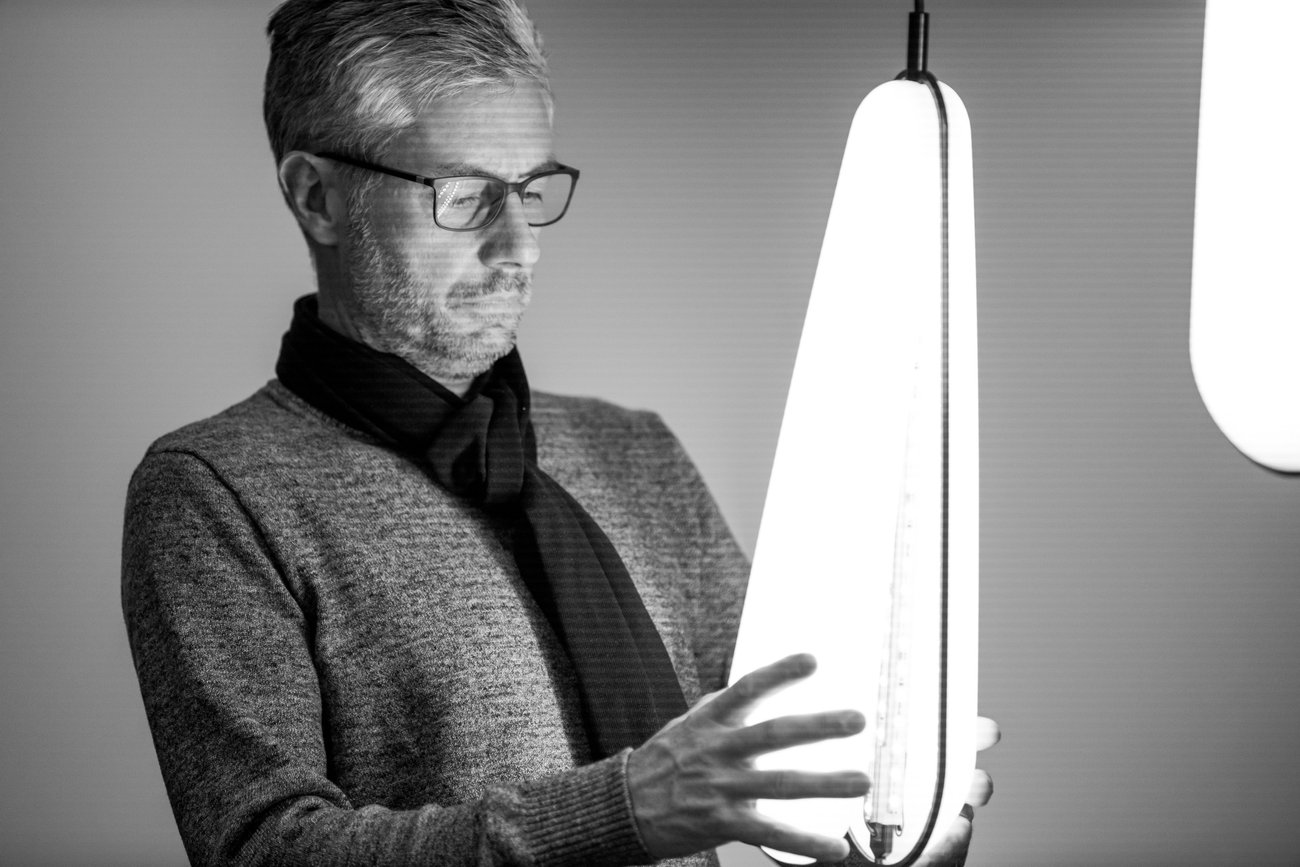Design odyssey: Head of Philips Lighting on best designs, co-creation and kiwi ingenuity

“I’ve been intrigued by New Zealand for quite a while,” says Pierre-Yves Panis, the Philips Lighting head of design out on tour from the Netherlands.
Panis has wanted to find out more about New Zealand since Better by Design told him about us ten years ago. “It’s a fabric of businesses, and society, where design is relatively visible and relatively powerful and embedded with what I consider to be an incredibly mature way to leverage design,” he says.
Having worked in a number of cities including Eindhoven, where he is currently based, Panis says Auckland is unique for having “design, quote-un-quote, champion” Ludo Campbell-Reid in the city council body. “Auckland is only one of a few cities –I can think only of Helsinki – that has someone at a relatively high level in the city council having the ability to have an impact on how a city delivers its service and therefore experience… I think it’s fairly forward thinking.”
Finally coming to New Zealand to be a product category judge for the Best Design Awards, was “extraordinarily appealing” to Panis. He’s looking to give credit to products and services that can really change life and make it better. “Not just make a new mousetrap or a gimmick but make something that is going to make a relationship with society and life better.”

Panis knows good design should be contextual, not complicated. “Simplicity not because it’s dumb but because it’s delightfully simple,” he says. And as some design cycles enter a stage of built-in-obsolescence, Panis is keeping his eyes out for designs that are closer to the cradle-to-cradle approach.
“As we are producing a tonne of things, as we are sometimes overproducing, a good design should be a design that potentially looks at reducing the amount of parts that go into the products and the services… that looks at potentially transforming a product into more of a service and takes into consideration an overall environmental approach with the reduction of a carbon footprint.”
This is a philosophy Panis exercises at Philips where he is concerned with tackling light pollution. To make life even better, co-creation is particularly important. Philip’s personal wireless lighting Hue, which is controlled from a smartphone, has created a service beyond the design teams’ vision. A collective journey has created a complete ecosystem that has a number of applications, including entertainment and relaxation.
Philips Lighting intentionally decided to release only one app for Hue, leaving the rest open to other manufacturers and app developers. Panis says there are now close to 450 apps being developed by Friends of Hue – non-Philips companies that see value in developing new ways to interact within its ecosystem.

Panis says Philips is driving to become the internet of light. “There are 60 billion lights in the world. It’s a network of power and potentially connected… environments.”
“Wouldn’t it be nice if your home understands what your habits are?” he asks. “Not in a 2001 Space Odyssey computer-goes-haywire way, but does things for you in the background because it’s something the system has observed you doing and therefore takes the load off you having to plan for it. But still, you’re able to override it in any way you want to.”
Sci-fi aside, predictive design is one of many design elements with increasing data potential. Panis has also been working on coded lights, which can pick up smartphone cameras to work as an indoor GPS with “extreme precision”.
Although for some this is an unexpected way of using light, it’s all part of simple co-creation for Panis. Light, with its various healing powers and ability to literally show people the way has huge potential when designers have the end user is in sight.
Although the Best Design judge is ranking a product category, his appreciation for design goes beyond the physical products to the services they enable.


